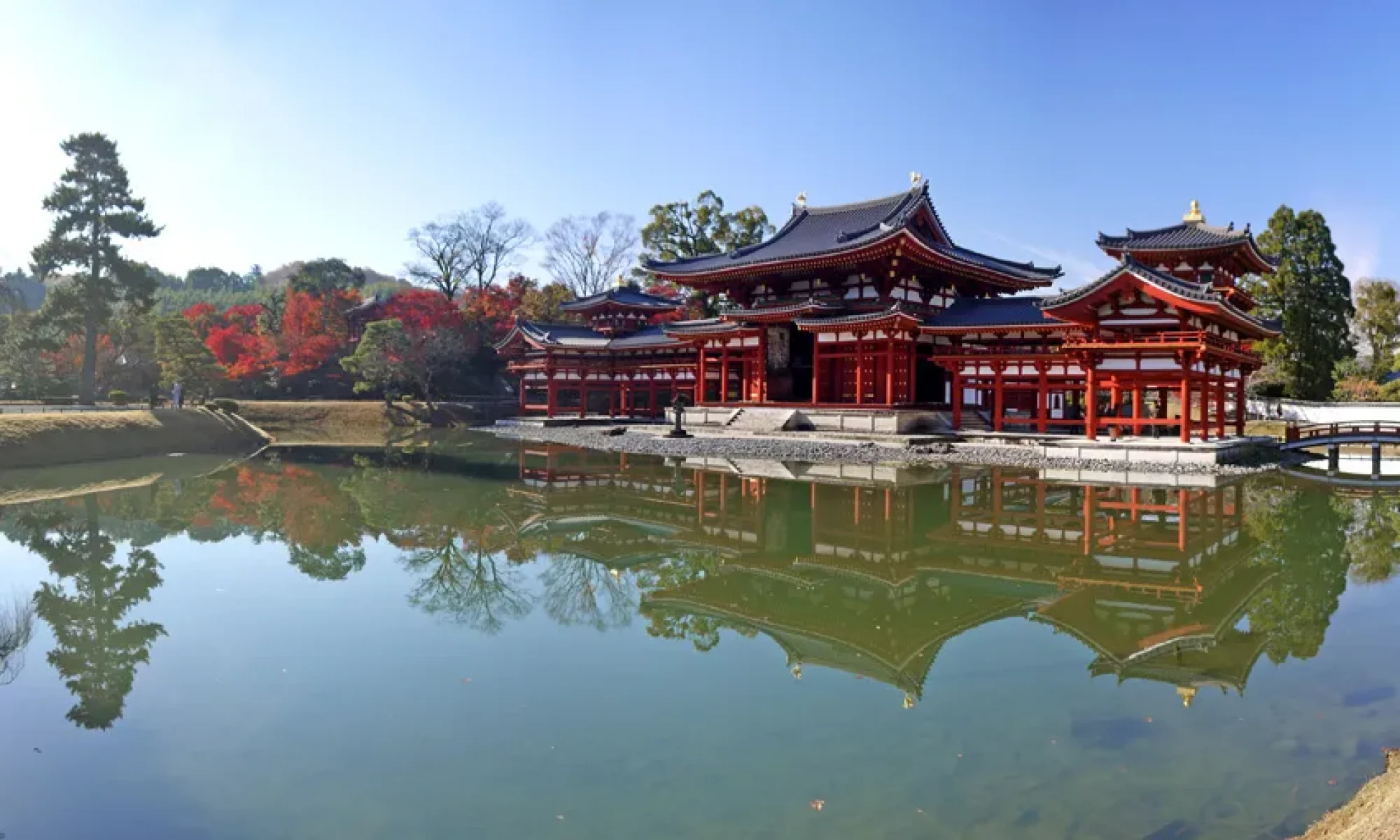Senbon torii
Fushimi Inari Taisha is famous for its Senbon torii.
Since the Edo period, the torii gate has been built by the dedication of worshipers because it was said that the wish would come true if the torii gate was dedicated.
Large vermilion torii gates are lined up all over the precincts, and there are about 10,000 torii gates in Mt. Inari.
Depending on the size of the torii, the price ranges from 200,000 yen to over 1 million yen, and even ordinary people can dedicate the torii.
.

















